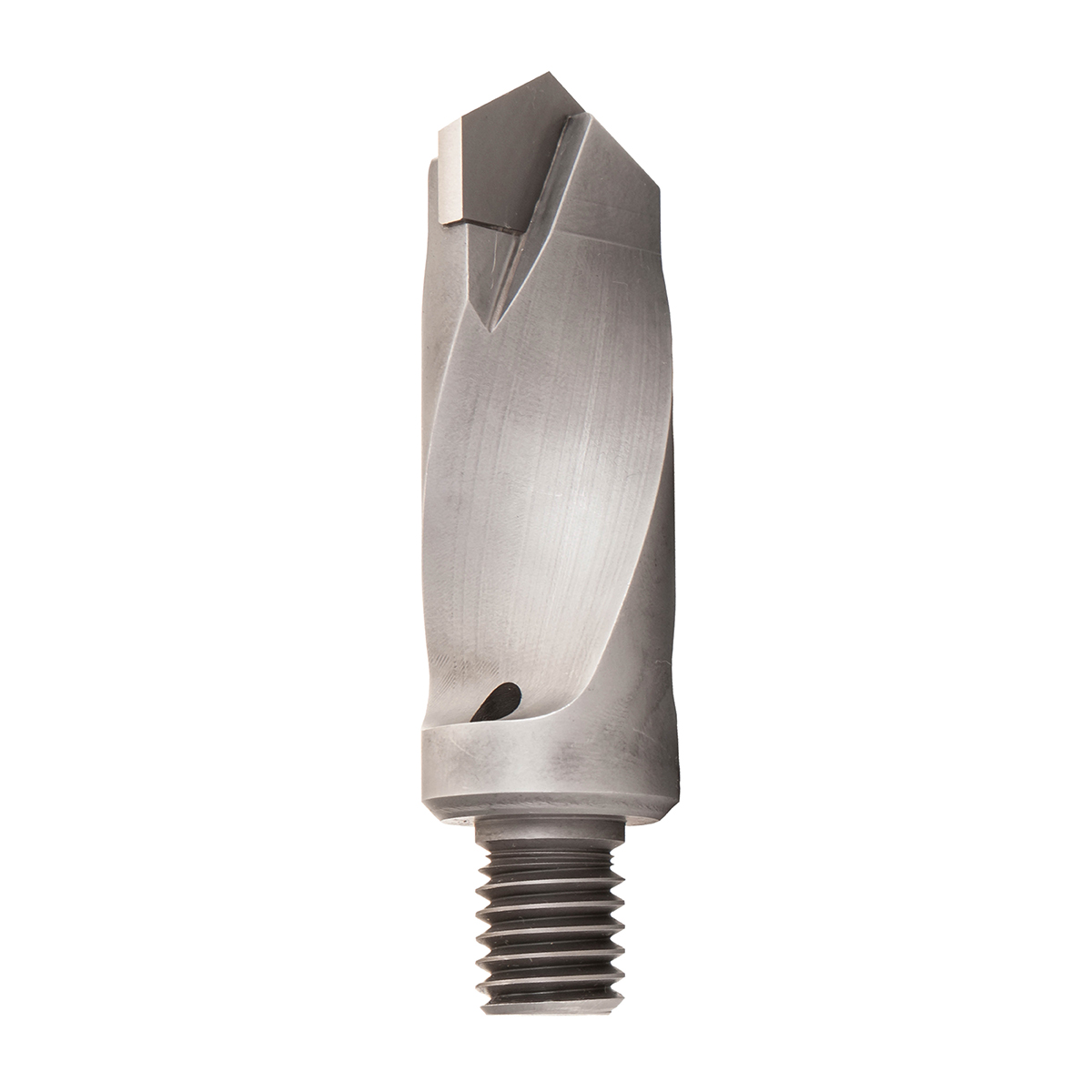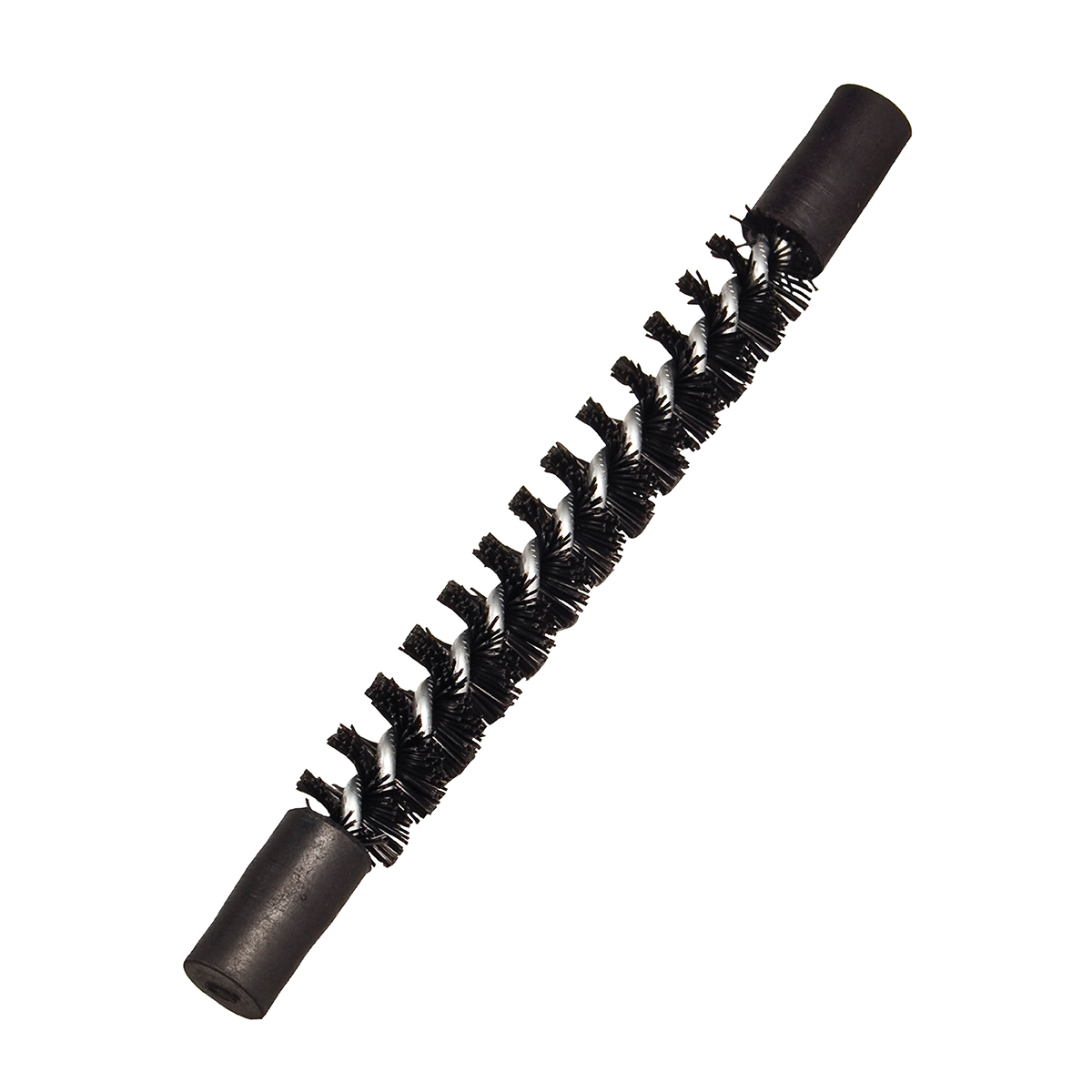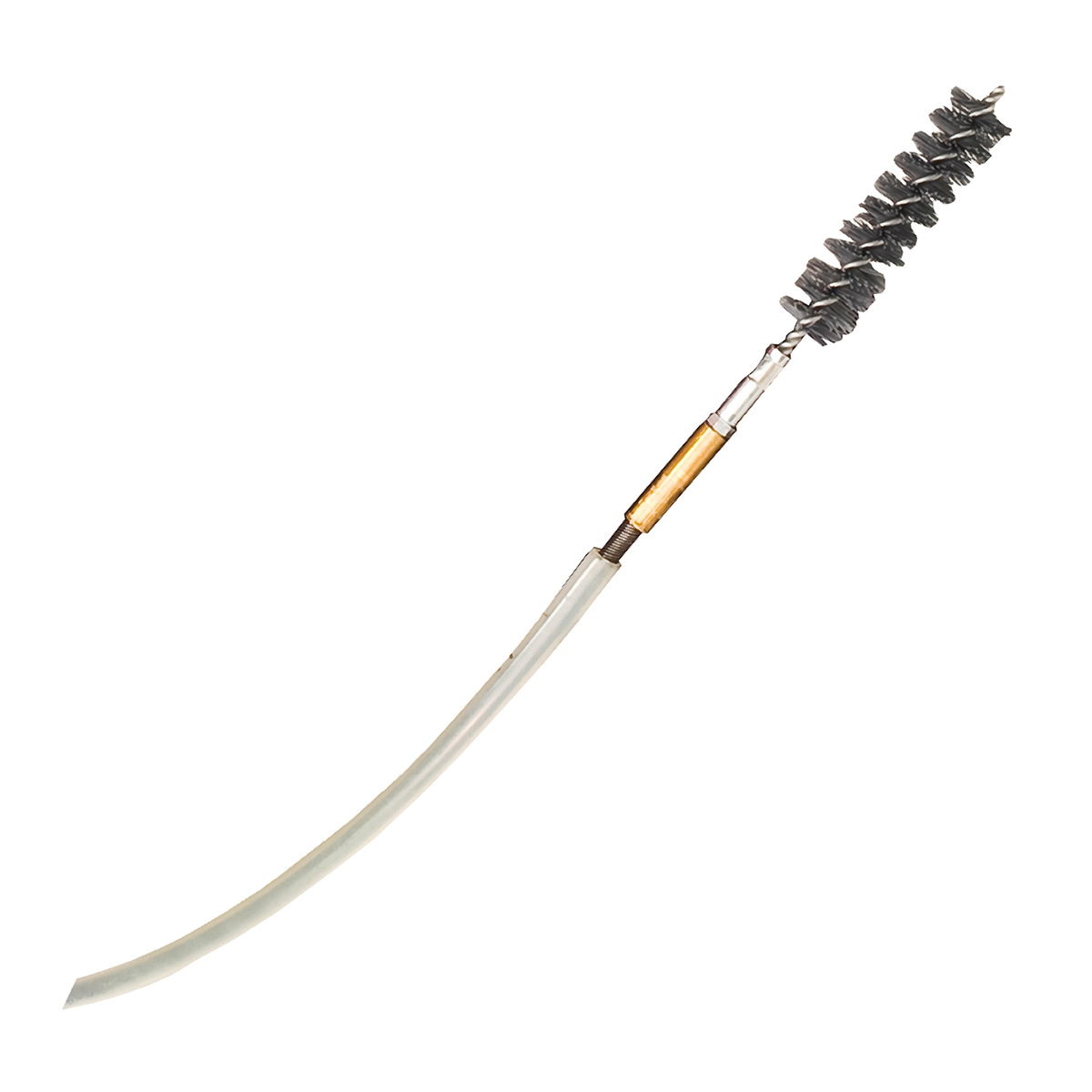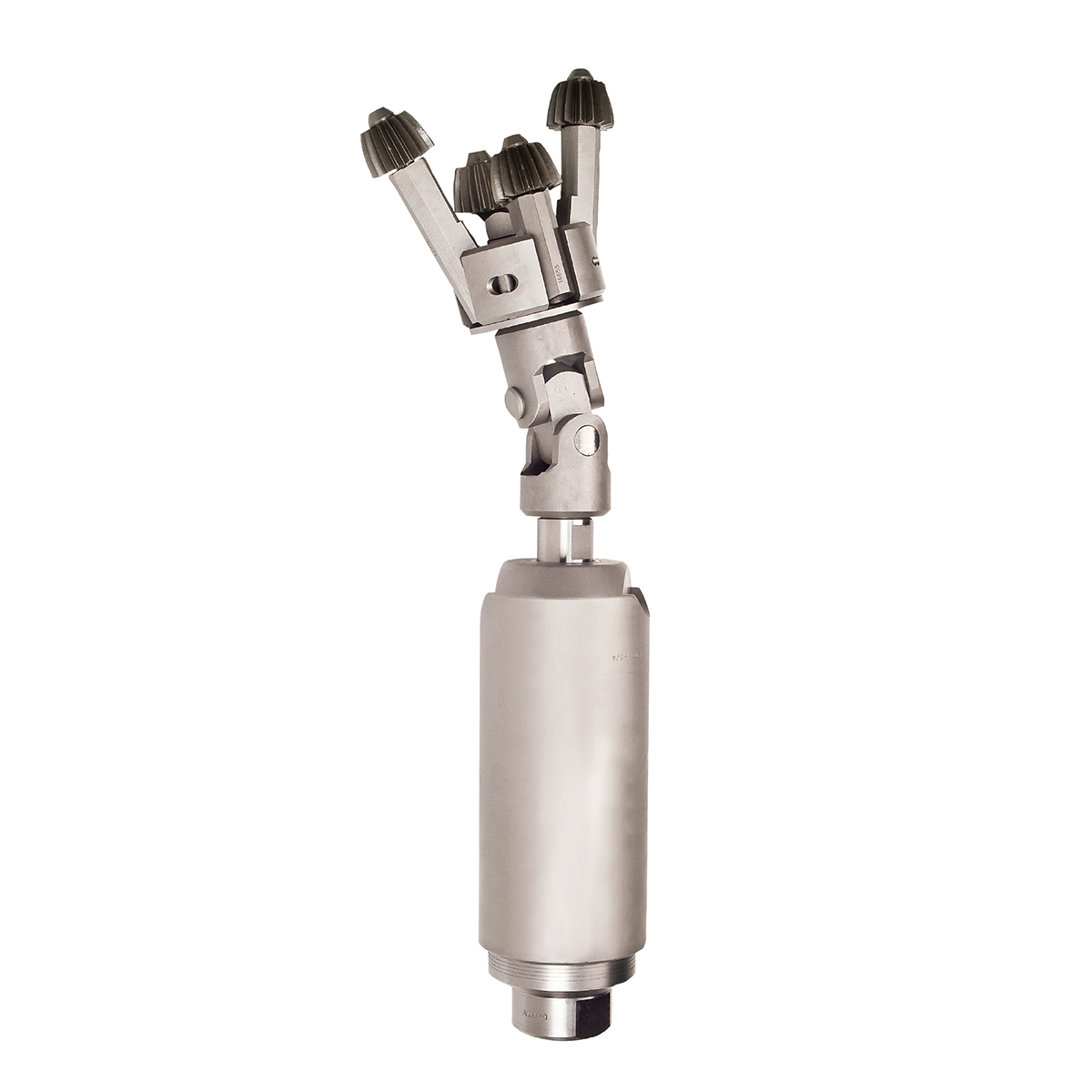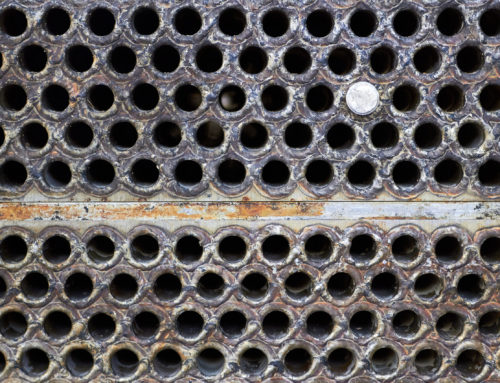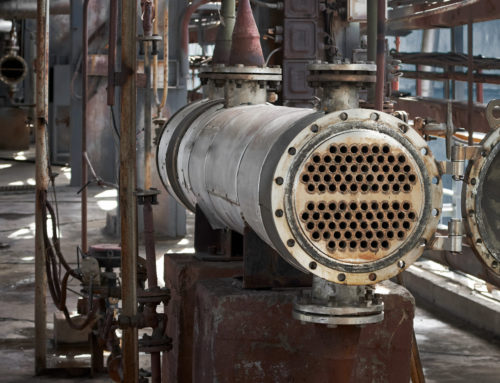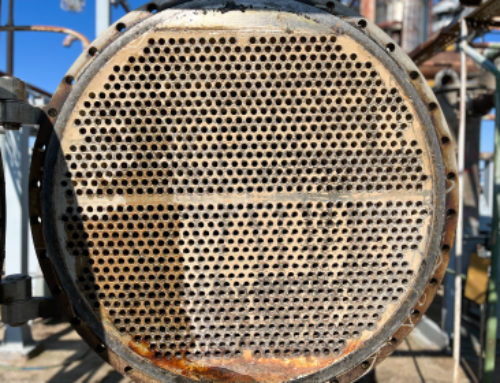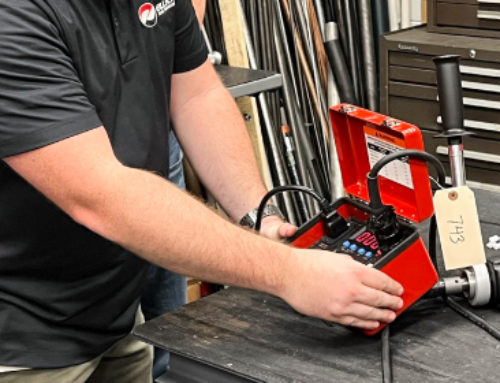Mechanical Tube Cleaning
Advantages & Common Misconceptions
Tube cleaning is a necessary part of any vessel maintenance process. Depending on the application, water, gases, and other caustic chemicals can be run through the unit. Overtime, these compounds cause deposit build-up inside of the tubes, resulting in a loss in operating efficiency. As deposit builds, the energy required to run that vessel can be extremely high, and eventually lead to tube wall loss and leaks. To maintain efficiency and prolong the life of the tubes, cleaning and inspections should occur at regular intervals.

What is Mechanical Tube Cleaning?
With a variety of tube cleaning methods available, it can be difficult to know which one is the best for your application. While there are pros and cons to each method of cleaning, mechanical tube cleaning can be the most effective option depending on the site and the type of deposit build-up.
Mechanical cleaning is the process of physically removing deposit and scale from a tube using a brush, drill, scraper, or descaling tool. The cleaning head is driven by a motor that is specified per the application and typically hand fed through each tube using an operating hose. With a variety of cleaning head options, the set-up is generally determined by the vessel, deposit type, deposit build-up, tube material, and if the tubes are curved or straight.
Advantages
One of the advantages to mechanical cleaning is that it can be conducted on site. This differs from several other cleaning methods such as hydrolancing, abrasives, chemical baths, or thermal cleaning. While each of these can be extremely effective, they typically require that cleaning take place off site due to the amount of space and requirements to manage the water and chemicals being used.
Another benefit of mechanical cleaning is that it is generally safer and less expensive than other high-pressure methods like waterblasting. Due to the operating pressure of these set-ups, it can pose a risk to operator safety if not done correctly or in an isolated area.
Additionally, mechanical cleaning can be more effective at removing harder deposits and achieving a better finish. Depending on the application, some customers will use a primary cleaning method like a chemical bath and then follow-up with a mechanical cleaner to remove the remaining residue from the tubes.
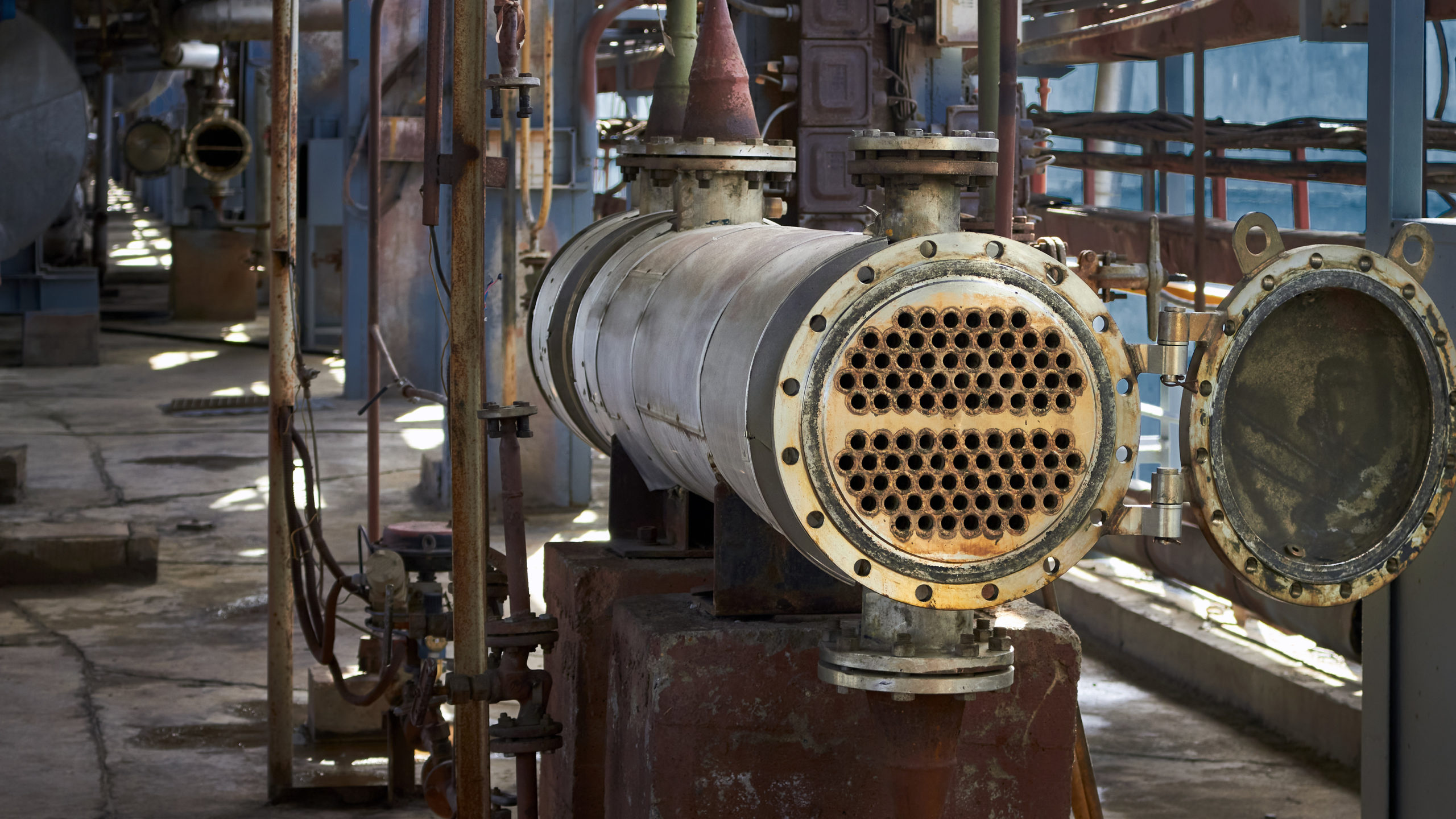
Common Misconceptions
One of the most common misconceptions about mechanical cleaning is that it can cause damage to the tubes. However, the risk of tube damage is not any greater than the other cleaning options on the market if operated correctly. For example, the style of cleaner that would be used on a straight, carbon steel tube with rock hard deposit is going to be different than what would be used on a copper tube in a chiller. Understanding the types of cleaners available will ensure that the right option is selected for the application.
Overall, mechanical cleaning is an easier, more effective cleaning option for many customers. From the simple set-up to the variety of options available, mechanical cleaners provide a lot of flexibility for customers to perform routine cleaning on-site without removing the vessel. Additionally, in cases where other cleaning methods are required, mechanical cleaning can be a good secondary operation to provide a better finish.
